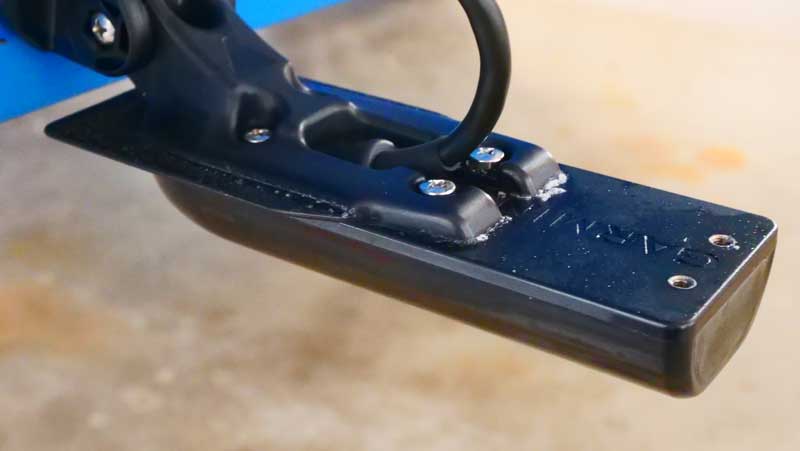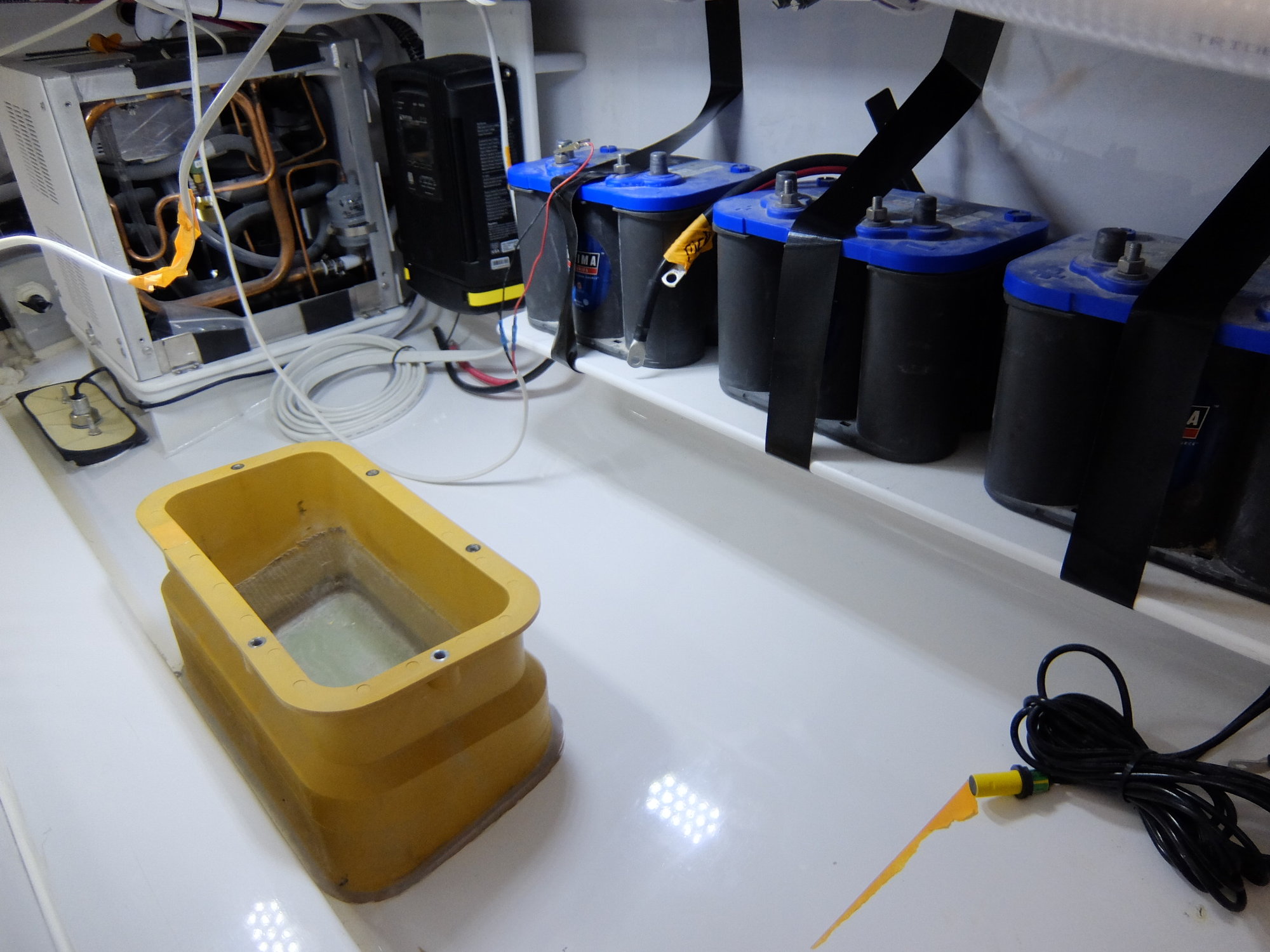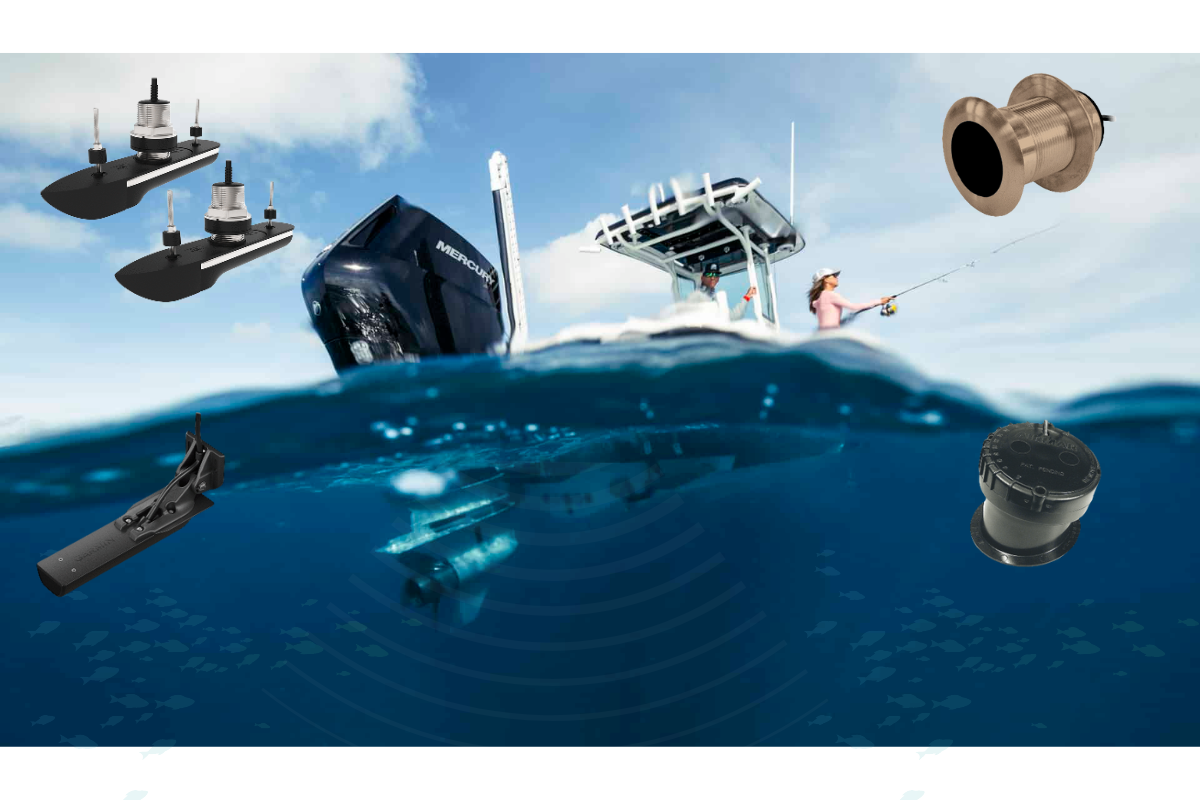Transducer Fundamentals: Optimal Selection for Your Boating and Fishing Preferences
Selecting the right transducer for your boat is crucial to ensure that you get the best performance out of your fishfinder or depth sounder. A transducer is the piece of equipment that sends and receives the sonar signals used to determine water depth and the location of fish.
Consider these straightforward recommendations to choose the most suitable transducer for your fishfinder, boat, and angling technique. By correctly matching and installing a transducer, you can optimize your sounder's performance and enhance your fishing experience.
Transom mount transducers: Are a popular choice for boaters who are looking for an effective and affordable way to gather underwater data. They are especially useful for smaller fishing boats, skiffs, and boats that are stored on trailers due to their compact size and simple installation process. These transducers can be used on boats made of any material, including aluminum, and are typically mounted on the transom of the boat using a "kick-up" bracket to prevent damage when loading and unloading the boat. While they may have a lower power output compared to other types of transducers, a dual-frequency 50/200kHz transom mount transducer can still provide valuable data for a variety of applications. If you're a recreational boater who wants to enhance your fishing experience or gather more information about the water you're boating in, a transom mount transducer may be the perfect option for you.

Popular Choices:
- Raymarine RV-100 RealVision 3D All-In-One Transom Mount Transducer
- Garmin GT56UHD-TM Transom Mount Transducer
- Garmin GT54UHD-TM Ultra High-Definition Scanning Sonar All-In-One Transducer
- Lowrance Active Imaging HD 3-in-1 Transducer
- Navico Active Imaging 3-in-1 Transom Mount Transducer
Thru-hull transducers: If you're a serious angler looking for the ultimate fish-finding solution, then you need a thru-hull transducer. These high-performance devices are specifically designed for larger sportfishing vessels and offer unparalleled accuracy and detail. To install a thru-hull transducer, you'll need to drill a hole through your boat's hull and mount the transducer with a high-performance fairing to ensure it stays parallel to the water line for maximum energy focused on the bottom. Alternatively, you can opt for a flush mount thru-hull, which sits flush to the bottom of the boat and compensates for your boat's deadrise with a tilted element in its housing. Thru-hull transducers typically come in powerful 1kW or 2kW units suitable for professional-grade color sounders and serious offshore use. The most common models utilize bronze housings that work with fiberglass, wood, and other hull materials, while stainless steel options are also available. You can find plastic thru-hull models specifically designed for aluminum-hulled boats, which effectively prevent galvanic corrosion caused by different metals.. Upgrade your fishing game and invest in a thru-hull transducer today!

Popular Choices:
- Furuno B275LHW Bronze Thru-Hull CHIRP Transducer - 12-Pin
- Garmin GT56UHD-THP Thru-Hull Mount Transducer
- Raymarine B744V Bronze Thru Hull Tri-Ducer w/Fairing Block
- Humminbird SSTH 14 HW MSI+ Stainless Steel MEGA Thru-Hull 14-Pin
In-hull transducers: This design mounts inside the hull and sends signals through the hull bottom, so there's nothing "hanging below" to slow you down. And at higher speeds, these transducers track the bottom with precision. Maintenance is a breeze since you don't have to worry about marine growth. If you ever need to remove it, you can do so without hauling the boat. However, keep in mind that in-hulls require a large size to compensate for signal loss passing through the hull and must sit in a tank of mineral oil. This means you need adequate room inside your boat's bilge to mount the unit. For boats with solid fiberglass bottoms and require separate speed and water temperature sensors if you decide to want that information displayed.

Popular Choices:
- Garmin GT15M-IH In-Hull Transducer
- Garmin P79 600W In-Hull Transducer 50-200kHz - 8 Pin
- Raymarine P79, 600w In-Hull f/ST60
- Raymarine CPT-S In-Hull CHIRP Transducer
- Furuno 520-IHD Plastic In-Hull Transducer, 600w
If you have a smaller boat and will be fishing in shallow waters, a transom mount transducer may be the best option for you. These transducers are easy to install and can be used on outboard or I/O-powered boats made of any material, including aluminum.
For larger sportfishing vessels, a thru-hull transducer may be the better option. Thru-hull transducers are powerful and offer excellent performance for serious offshore use. They require drilling a hole through the hull for installation and are often mounted with a high-performance fairing that keeps the transducer face parallel to the water line for maximum energy focused on the bottom.
If you have a high-performance fishing boat, an in-hull transducer may be the best option. In-hull transducers mount inside the hull and shoot their signal through the hull bottom. They are a great solution for high-performance fishing boats, as they do not affect the boat's performance at running speeds.
Once you have determined the type of transducer that is best for your boat and fishing needs, it is important to ensure that the transducer is compatible with your fishfinder or depth sounder. Most manufacturers provide compatibility charts to help you select the right transducer for your device.
It is also important to consider the power and frequency of the transducer. Higher power transducers provide better performance at greater depths, but also consume more power. Higher frequency transducers provide better detail but may not penetrate as deeply.
In summary, selecting the right transducer for your boat is an important decision that can impact your fishing success. Consider your boat type, fishing needs, compatibility with your device, and power and frequency requirements when making your selection.
Manufacturer guides:

 US Dollar
US Dollar
